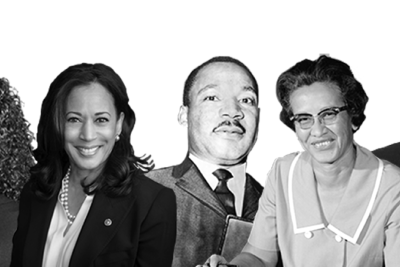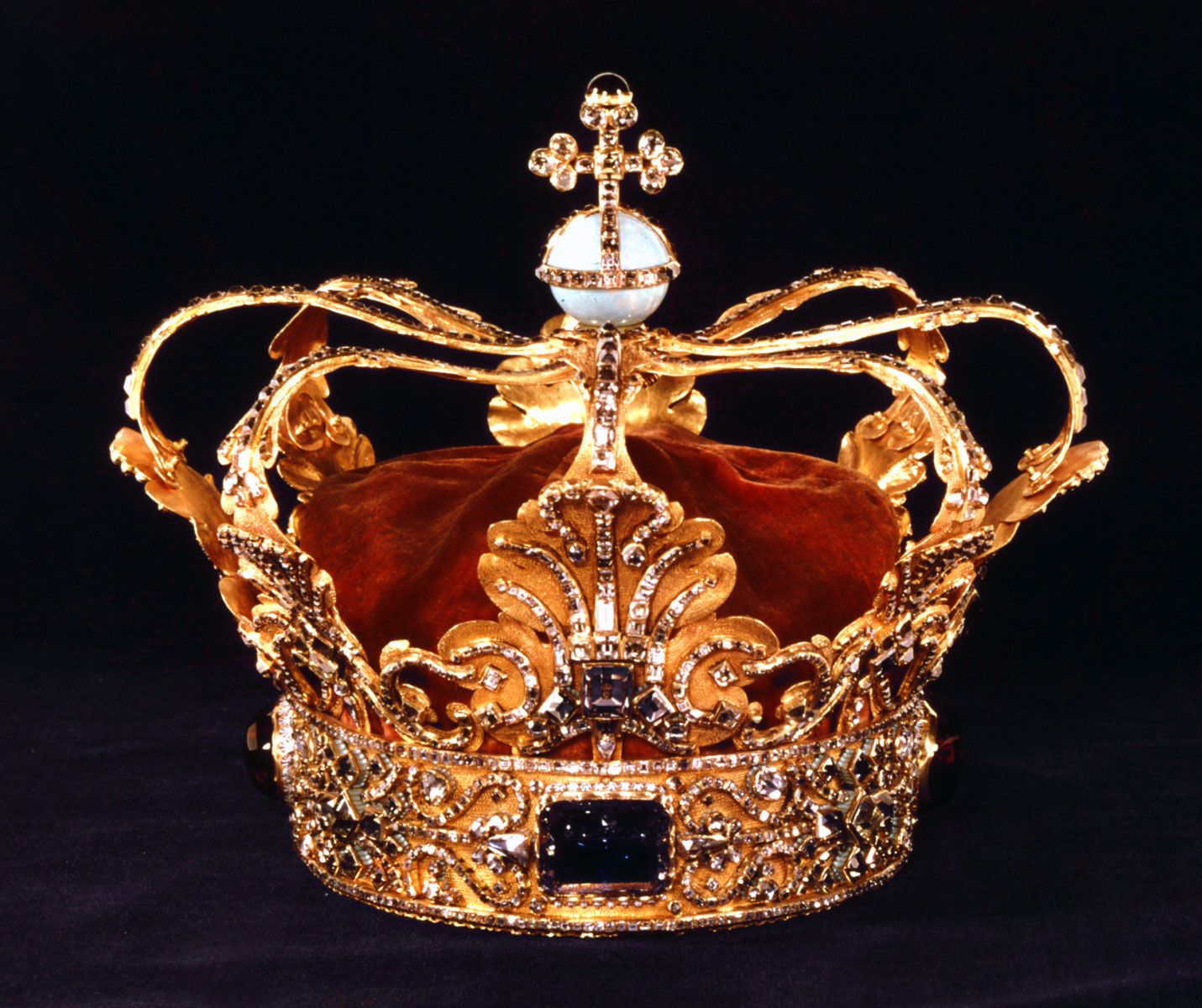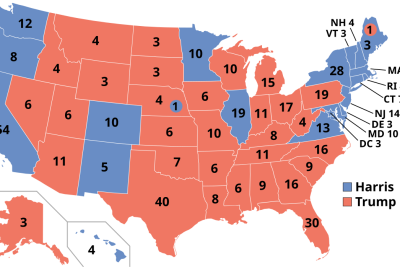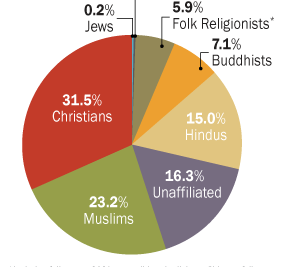
Crowns: Unraveling Their History, Symbolism, and Value

The crown has historically represented power and authority, manifesting as a magnificent ornament worn by royalty to signify their supremacy. However, the term crowns money illustrates that the concept of crowns extends beyond mere adornment, encompassing various currencies in modern economies. This article will delve into the multifaceted nature of crowns, exploring their historical origins, cultural significance, and economic implications, ultimately unraveling their profound legacy in contemporary society.
As we journey through the fascinating world of crowns, we will analyze how these symbols of royalty transformed over time, evolving into the concept of crown money used in various nations. By understanding the symbolism behind crowns across cultures and their role in currency systems, we can appreciate how these regal objects have maintained their significance through centuries and across diverse landscapes.
- The Historical Origins of Crowns
- The Symbolism Behind Crowns in Different Cultures
- The Evolution of Crown Currency in Europe
- The Crown as a Status Symbol: From Royalty to Modern Times
- The Value of Crowns: Economic Perspectives
- Crowns in Art and Literature: Representation and Meaning
- Conclusion: The Legacy of Crowns Today
The Historical Origins of Crowns
The word "crown" is derived from the Latin word "corona," meaning a garland or wreath worn by high-status individuals. The historical origins of crowns can be traced back to ancient civilizations, where they were often crafted from precious metals and adorned with gemstones. In ancient Egypt, the pharaohs wore elaborate crowns to symbolize their divine right to rule, while the Romans used laurel wreaths as a symbol of victory and success.
Traveling through time, we observe that crowns were not only exclusive to monarchs; they often represented various societal structures. For instance, in medieval Europe, different crowns denoted rank and status, with intricate designs reflecting the power and wealth of the wearer. From the Byzantine Empire's elaborate crowns to the simple yet elegant coronets of the English nobility, these objects have served as potent symbols of authority and legitimacy.
The Symbolism Behind Crowns in Different Cultures
Crowns hold diverse meanings across various cultures, significantly influencing the way these symbols are perceived. In many traditions, crowns symbolize sovereignty and divine right, while also representing the responsibilities of leadership. For instance, in ancient Persia, the crown signified connection to the gods, embodying both power and moral obligation.
In Western culture, the concept of the crown has evolved to symbolize not just royalty but also democracy. Modern democratic nations often use the image of a crown to signify the state, reminding citizens that the crown represents the collective will of the people rather than a single ruler. Thus, crowns have morphed from mere symbols of authority into powerful representations of national identity and history.
The Evolution of Crown Currency in Europe
The evolution of crown currency reflects the intricate interplay between economic systems and societal values. The introduction of crown as a unit of currency began in the late 19th century, with countries like Sweden, Denmark, and Norway adopting it to facilitate trade in the Scandinavian Monetary Union. This movement showcased a pivotal moment where crowns money took on a tangible form, transforming the regal symbol into an essential economic tool.
Although the concept of crown currency started as a cooperative effort, it eventually diverged as individual nations established their distinct monetary policies. Sweden's Riksbank, responsible for issuing the nation’s coins and banknotes, exemplifies how crowns transitioned from a mere symbol of prestige to an integral part of economic infrastructure. Today, the Swedish krona, for example, persists as an influential currency that signifies resilience even amidst the euro's prevalence within the European Union.
The Crown as a Status Symbol: From Royalty to Modern Times
Throughout history, seals of power—such as the crown—have perpetuated their status as symbols of authority, evolving to reflect societal changes. While crowns traditionally represented the monarchy, they now embody a broader spectrum of status and achievement in modern contexts. High-profile individuals, including business magnates and cultural icons, adopt crown motifs to signify their standing in society.
Moreover, the adaptation of crown designs into modern fashion, jewelry, and even branding reflects the enduring allure of this symbol. Various cultural celebrations, royal ceremonies, and art forms continue to utilize crown imagery, indicating its resilience as a status symbol in personal and societal identity.
The Value of Crowns: Economic Perspectives
The value of crowns money transcends mere figures on paper; it encompasses a broader context of economic interactions. The introduction of various crown currencies facilitated trade and commerce across borders, allowing nations to engage in mutually beneficial exchanges. As economies shifted and global markets flourished, the role of crowns as stable units of currency came into sharper focus.
Within contemporary economic systems, the value of crown currency—like the Swedish krona—is influenced by various factors, including inflation rates, trade balances, and consumer confidence. Monitoring these indicators enables economic analysts to assess the effective value of crown money within the global economy. Therefore, understanding the historical and ongoing evolution of crown currencies provides essential insights into a nation’s financial stability and growth potential.
Crowns in Art and Literature: Representation and Meaning
The influence of crowns extends beyond tangible forms into the realms of art and literature, where they represent deeper themes and narratives. Throughout history, artists have utilized crowns as symbols of power, authority, and the complexity of leadership. Classic paintings, sculptures, and films often incorporate crowns to explore themes of ambition, conflict, and morality.
Literature, too, has seen the crown as a recurring motif, symbolizing the struggles and triumphs of characters seeking to acquire or maintain power. From Shakespeare's plays to contemporary novels, crowns serve as pivotal elements in narratives that examine humanity's relationship with authority and responsibility. As we explore these artistic interpretations, we gain insights into societal attitudes towards power dynamics across different eras.
Conclusion: The Legacy of Crowns Today
As we conclude our exploration of crowns, their legacy endures in our collective consciousness, transcending their initial associations with royalty and authority. From being powerful symbols of power to evolving as crowns money in global economies, their significance has expanded to reflect societal changes and cultural evolution. Today's crowns encapsulate a rich tapestry of history, symbolism, and economic value that continues to resonate within modern society.
In our examination of crowns, we recognize their multifaceted nature—ranging from royal adornment to currency systems. As both an emblem of authority and a unit of value, crowns exemplify the melding of history and modernity, reminding us that the symbols we carry can reflect our past while guiding our future.
Did you find this article helpful? Crowns: Unraveling Their History, Symbolism, and Value See more here Education.
Leave a Reply






Related posts